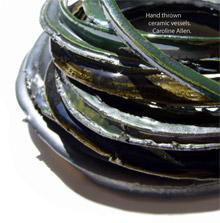Zahed Tajeddin (University of Westminster)
This paper will draw on the recognition that faience has long been overlooked and yet it played a significant role in the development of the art and science of ceramic and glass. Faience artefacts were found and manufactured not only in Egypt and the Near East but also at many Mediterranean sites. Faience objects were made from the early fourth millennium BC until the late Roman period in the 7th century AD. However, faience production flourished in the Late Bronze Age when a greater diversity of shapes and techniques were introduced and many of the finest faience objects were produced in this period. The material was used to produce a wide range of artefacts from beads and small objects to vessels, tiles and architectural elements. The friable nature and the poor plasticity of the faience paste presented major challenges to craftsmen in terms of their ability to form faience artefacts. Ancient craftsmen managed to overcome thess problems and created fabulous objects of art by using and developing various making methods. This study attempts to shed light on manufacturing techniques, particularly through close examination of archaeological artefacts from a sculptor/ceramic-maker’s perspective. It also considers issues of the raw materials, their preparation and their processing, as well as the technological choices and challenges faced by the faience-makers. The project combines fundamental and structured experimental work with the creation of a body of art works, designed to explore the characteristic elements of the material and to investigate its potentials and its limitations in contemporary ceramic practice.


